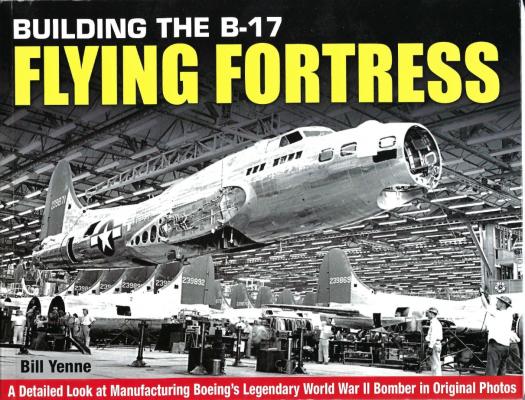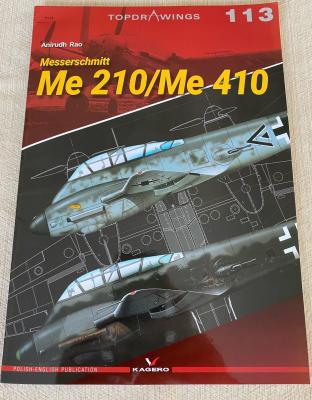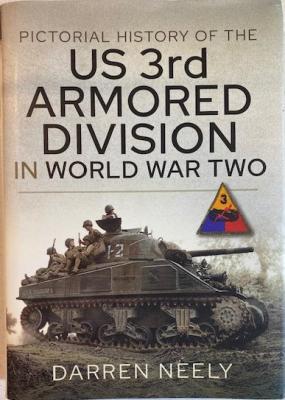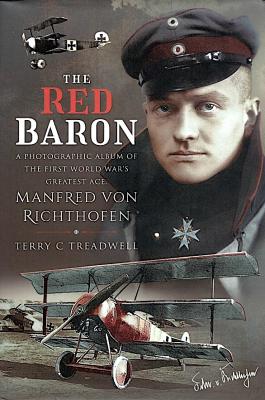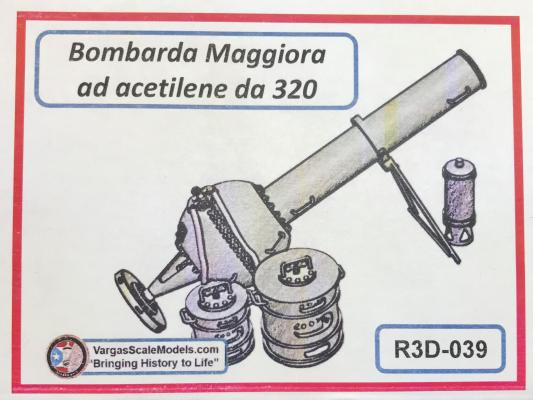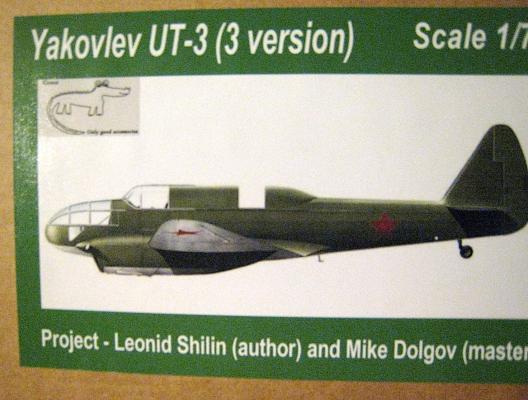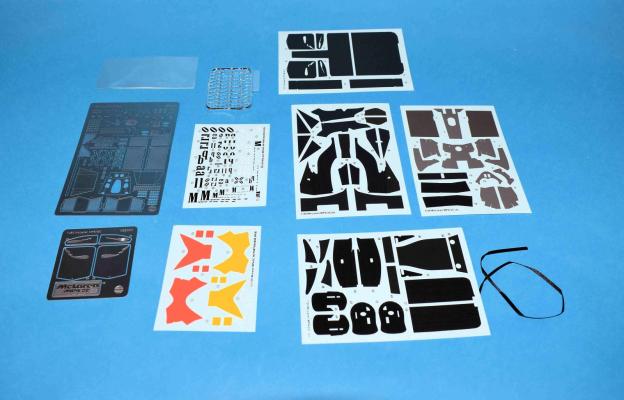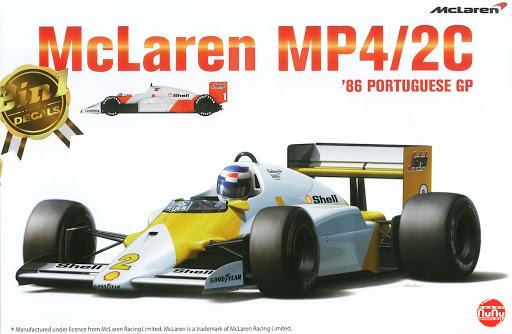Bill Yenne has authored over 75 historical books and ten novels to date. He grew up inside Montana's Glacier National Park where his father was the supervisor of backcountry trails. Bill is also a nationally recognized artist and illustrator with his work being showcased in many national magazines and some of his paintings on display in the official collection of the US Air Force. Bill graduated from the University of Montana in 1971 and founded the American Graphic Systems company. He later graduated from the Stanford University Professional Publishing course in 1989. The AGS BookWorks division has produced some 200 large-format, illustrated books. He has contributed to encyclopedias of World War I and II (for you young’ns, this was Wikipedia before the internet came along). He has appeared on The History Channel, the National Geographic Channel, the Smithsonian Channel, C-SPAN, and ARD German Television.
Reviews
The Messerschmitt Me-210/410 is one of a lesser aircraft in the Luftwaffe legacy. The aircraft was designed in the late 1930’s with the hopes of it being a multi-use aircraft filling in as a Fighter, Bomber and Reconnaissance platform. The aircraft began as the Me-210, but due to various technical and design problems, it became the Me-410 due to the major modifications to remedy the shortcomings it had. In essence was an entirely new aircraft. There are two surviving examples, one is with the Smithsonian Air and Space Museum and awaiting restoration, and the other is on display at Royal Air Force Museum Cosford.
The Author
Darren Neely is the author of several photo survey books on WW2 subjects including Panzer wrecks 21: German Armor and the forthcoming Operation Nordwind in the Images of War series.
Contents
The book is divided into four unnamed chapters covering the 3rd at the invasion of Normandy until the end of the war.
In the Book
The book is hardbound has 4 chapters and 306 pages. Most of the pages have at least two black and white photographs on each of them. Some of the subjects covered in the book include:
There is probably no more well-known figure from the Great War, or more written about or discussed, than the infamous Red Baron- Manfred von Richthofen. The original ringmaster of the Flying Circus, his record stands for itself and no plane from that war stands out more from historians down to watchers of Snoopy and his antics in his Sopwith doghouse. This thin book at 157 pages is filled with excellent clear photographs of von Richthofen from his childhood up through his career to his bitter end over enemy lines. More on that later.
ICM has finally filled a big gap in their ongoing World War 1 Infantry series by releasing a set of early-war Belgian Infantry. Unlike most of the previous sets which displayed figures advancing toward an unseen enemy, this set displays Belgian infantry in what must be the most iconic fashion for the period depicted – fighting from a defensive position.
The set includes three infantry figures in the traditional shakos, all crouching or kneeling, two actively firing their rifles and one cocking or reloading his weapon. It also includes an officer figure armed with sword and pistol. The set includes two sprues of equipment suitable for Belgian infantry from 1914 all the way to 1918, when they wore khaki uniforms with helmets.
C'est une magnifique publication, riche en prose et en photographie. Présentée en français, mon manque de maîtrise du français me fait passer à côté de la qualité de la prose, mais la photographie ne nécessite pas de traduction précise.
In English - This is a magnificent publication, rich in prose and photography. Presented in the French language, my lack of command of French means that I am missing out on the quality of the prose, but the photography and the captions for the images does not require precise translation.
While the book is in the French language, some ability to read and understand French would be extremely helpful. My command of French is, at best, that of a six-year old. But even with a remarkably disappointing ability to speak and write in French, I found that the captions of the photographs were not at all difficult to roughly translate and to understand. When all else fails, one can seek an online translation tool.
Introduction
Necessity is the mother of invention. Once the combatants in the Great War settled into the trenches, the Italians faced a desperate shortage of heavy artillery. To help fill this need, Demetrio Maggiora invented a short range 320mm (12.6 inch) mortar powered by acetylene gas. The acetylene was generated in canisters like a miner’s lamp. The gas was transferred into a spherical combustion chamber where it was ignited to launch the projectile. The mortar was muzzle loading and had a very short range – just enough to reach the enemy trenches. It was first used in the Second Battle of the Isonzo in 1915 and was only in service for a short time until more capable weapons became available.
Review
Vargas Scale Models from California USA specializes in interesting and unique subjects from World War One and the Interwar periods in 1:35th scale. All are CAD designed and 3D printed in resin. Sales are direct to the modeler on eBay.
History
The Yakovlev UT-3 was designed as a training aircraft to offer instruction to pilots of multi-engined aircraft, gunners, bombardiers, and radio operators. Construction was mainly of wood, with fabric covering and some steel tubing. Imported French Renault 6Q engines were used on the prototypes, but production models probably had a Voronezh MV-6, a Russian copy of the French powerplant. The prototypes first flew in 1938, and some were equipped with armament, 7.62 mm machine guns and bombs, but production models were unarmed. Production began at two plants, No. 272 at Kazan, and No. 135 at Leningrad. Only a small number, around thirty, had been produced when the authorities decided to use combat aircraft for this type of training, so further production was cancelled.
An available set for the Platz/NuNu McLaren MP4/2C is part Ne00001 and is made for kit PN20000. Included in the set are:
- Four decal sheets covering carbon fiber additions
- One decal sheet with lettering
- One decal sheet for additional coloring for the car in orange and yellow
- Two photoetch sheets with many extra parts
- One stencil and metal sticky sheet for replicating heat shields
- One chrome sprue of connectors
Also included are multipage instructions and these were done perfectly. Each step in the aftermarket package matches the steps in the kit instructions so as you go along, check both sheets.
A little background about the car the kit represents:
It was the MP4/2C that McLaren introduced to the 1986 F1 Grand Prix. The McLaren MP4/2 was designed by John Barnard for the 1984 season. The McLaren MP4/2C was the updated version powered by a TAG-Porsche 1.5 litre V6 twin turbo engine with carbon monocoque chassis. A. Prost and K. Rosberg were the drivers. Rosberg ran a one-off livery in yellow/white, different from the common red/white livery, and was successful in attracting the attention of the fans and had a huge promotion effect.
The kit gives you markings to make the car driven by either driver. Looking at the kit, there are 80% new tooled parts to produce the car as in the 1986 Portuguese Gran Prix and includes details such as the suspension and cockpit, as well as the TAG-Porsche V6 twin turbo engine.

